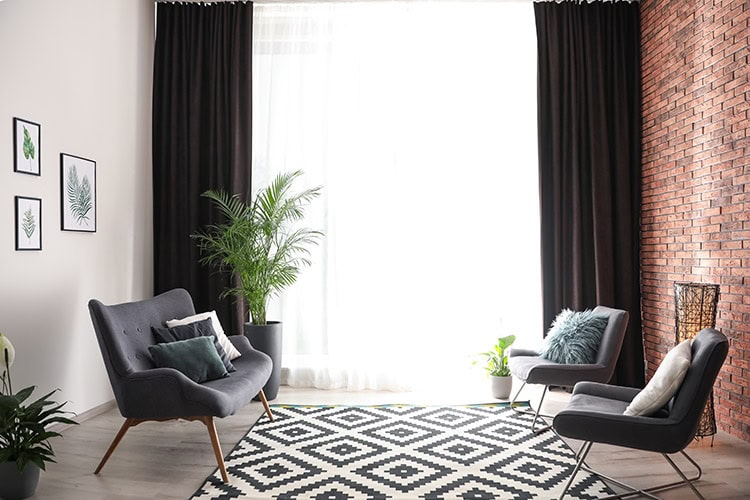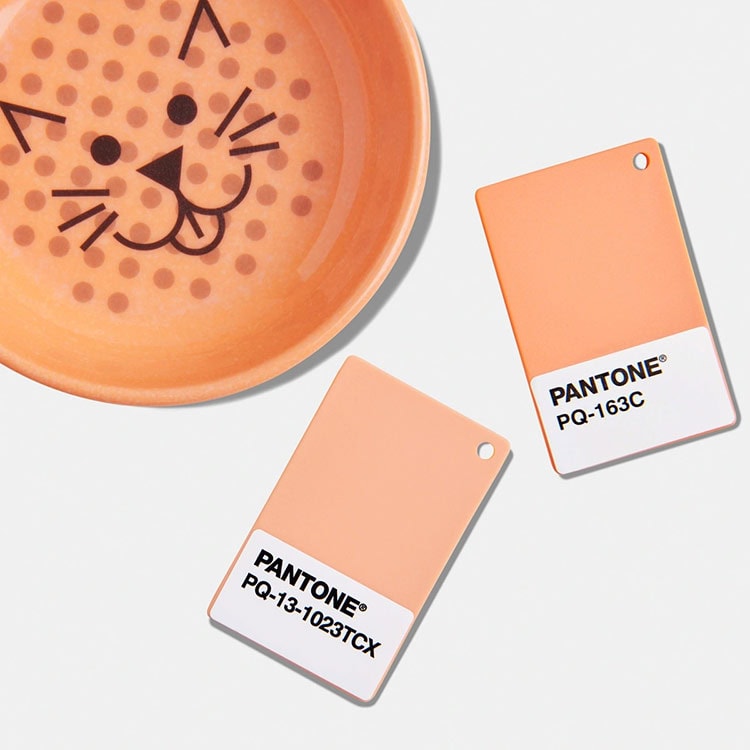There are many factors to consider when buying a rug for your home. Besides the obvious factors of size, color, style, price, and placement a person must also consider the rug’s material. Should you go with a synthetic fiber rug or a natural fiber rug? What’s the difference between the two anyway? Certainly, there are pros and cons to each type. Let’s take a closer look at what those are.

Natural fiber rugs are made from fibers that occur in nature, are harvested, and processed. They are typically made up of natural materials such as wool, silk, cotton, bamboo, jute, or a blend of different fibers.
Synthetic fiber rugs on the other hand are not made from nature, but rather machine-made from various chemical compounds. The four major types of synthetic fiber used for rugs include nylon, polypropylene (olefin), polyester, and the much newer synthetic fiber option, triexta.
Differences Between Natural and Synthetic Fibers
In order to determine what fiber will work best for your home, we have to take a closer look at what sets them apart regarding certain characteristics.
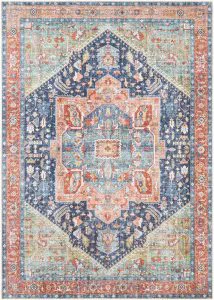 Stain Resistance and Cleanability
Stain Resistance and Cleanability
Synthetic fibers are often much more stain-resistant than natural fibers, with wool fibers being the exception. Still, even though wool has a decent protective barrier, it can maintain stubborn stains once a substance penetrates its way through.
Synthetic fibers are also usually easier to maintain as they can often be cleaned easily with the average store-bought cleaner and/or steam cleaning. Natural fibers, however, require specialty products and professional cleaners who are experienced in dealing with particular fiber types.
Durability
It’s a little harder to compare natural and synthetic fibers in regards to durability as they both have individual fiber types that fit the bill. For instance, wool is extremely durable and resilient to foot traffic, but cotton, another natural fiber, really isn’t. The same goes for synthetics. While nylon is one of the most durable synthetic fibers available, olefin is better suited for low-traffic areas.
Eco-Friendliness
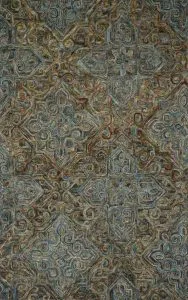 Because natural fibers are made from more sustainable resources, they are better for the environment than synthetics. In addition, synthetic fibers release gasses called volatile organic compounds (VOCs), which can potentially cause both short- and long-term adverse health effects. This is not a problem with natural fibers unless they are attached to a synthetic backing, which could then result in the release of VOCs.
Because natural fibers are made from more sustainable resources, they are better for the environment than synthetics. In addition, synthetic fibers release gasses called volatile organic compounds (VOCs), which can potentially cause both short- and long-term adverse health effects. This is not a problem with natural fibers unless they are attached to a synthetic backing, which could then result in the release of VOCs.
Practicality
Your lifestyle will often depict which type of rug fiber is more practical for you. If you have a busy household, then the higher maintenance of a natural fiber rug might not be something you want to deal with. In that case, a synthetic option might be better suited for that area of your home. In parts of the home that don’t receive as much foot traffic, a natural fiber rug might be more appreciated.

Cost
As a whole, natural fiber rugs tend to be more expensive than their synthetic counterparts. This is due to the fibers themselves as well as the additional maintenance they require. And, even though synthetic fiber rugs are more affordable than natural rugs, there will be variances among the individual fiber types. For example, since nylon is more durable, it’s going to cost more than a less-durable option like polyester.
Cutting Corners for All Your Rug Needs
At Cutting Corners, we pride ourselves on variety, which is why we offer a wide selection of both natural and synthetic area rugs for your home. There’s really no need to sacrifice style because of price, so we encourage you to stop by one of our showrooms or browse our website to see the lovely options you have to choose from. While you’re at it, be sure to take a peek at our home accessories and discount designer fabrics. There’s sure to be something that will pair beautifully with that new rug!









